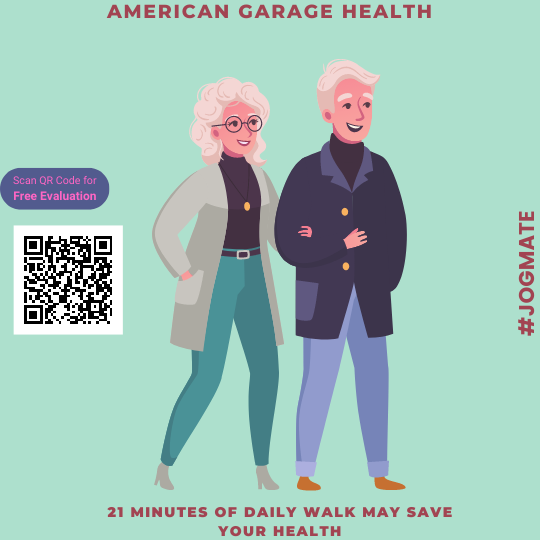The American Journal of Emergency Medicine published the study.

The study’s by the Schmidt Faculty of Medicine at Florida Atlantic University revealed that when comparing geriatric males and females, males had a much higher incidence of skull fracture attributable to head trauma, which was largely caused by falls. This result was unexpected, considering prior studies had shown that females are more prone to facial fractures.
For injuries incurred in falls, more than 3 million people 65 and older need emergency room treatment each year. Head trauma, the most common cause of significant injury, often results in skull fractures. Women account for 58% of all falls, according to the annual study from the National Trauma Database for 2016.
Given that older women are more likely to fall and sustain facial fractures, it is crucial to determine whether they also have an increased risk of skull fractures. There is currently a dearth of data on how frequently head injuries in this population result in skull fractures. Also, there is a widespread lack of knowledge regarding the best ways to treat brain injuries in the elderly population.
Study into analysing skull fractures
The Schmidt Faculty of Medicine at Florida Atlantic University undertook a study to evaluate and compare the risk of secondary skull fracture following head trauma in female and male patients 65 years of age and older.
In two level-one trauma centres in southeast Florida serving a patient population of more than 360,000 elderly adults, they prospectively analysed every patient with head trauma.
In the study, experts looked at acute skull fractures and compared them by patient racial/ethnicity, mechanism of injury, and sex. There were 5,402 patients enrolled, and of those, 56% were female and 44% were male. Eighty-five percent of head injuries were caused by falls, and this pattern was seen regardless of race or ethnicity or the mechanism of injury. The mean ages of the 2 sexes were 82.8 and 81.1 years, respectively.
The study’s findings revealed that, when geriatric males and females were compared, males had a considerably higher risk of secondary skull fracture from head trauma, usually from falls. Given that girls are more likely to have face fractures, this result was unexpected. Although results were only statistically significant for whites, this trend was observed regardless of race or ethnicity.
As our ageing population continues to lead active lifestyles, the high frequency of head injuries and subsequent skull fractures from falls is concerning, said Scott M. Alter, M.D., first author.of the study. Given that falls were the most common cause of head injuries and subsequent skull fractures, fall prevention may be a crucial intervention to take into account in order to lower morbidity.
The emergency room could present a chance to educate patients and to avoid future death and disability from falls in this population. This prevention education can be handled in the primary care environment or in assisted living facilities.